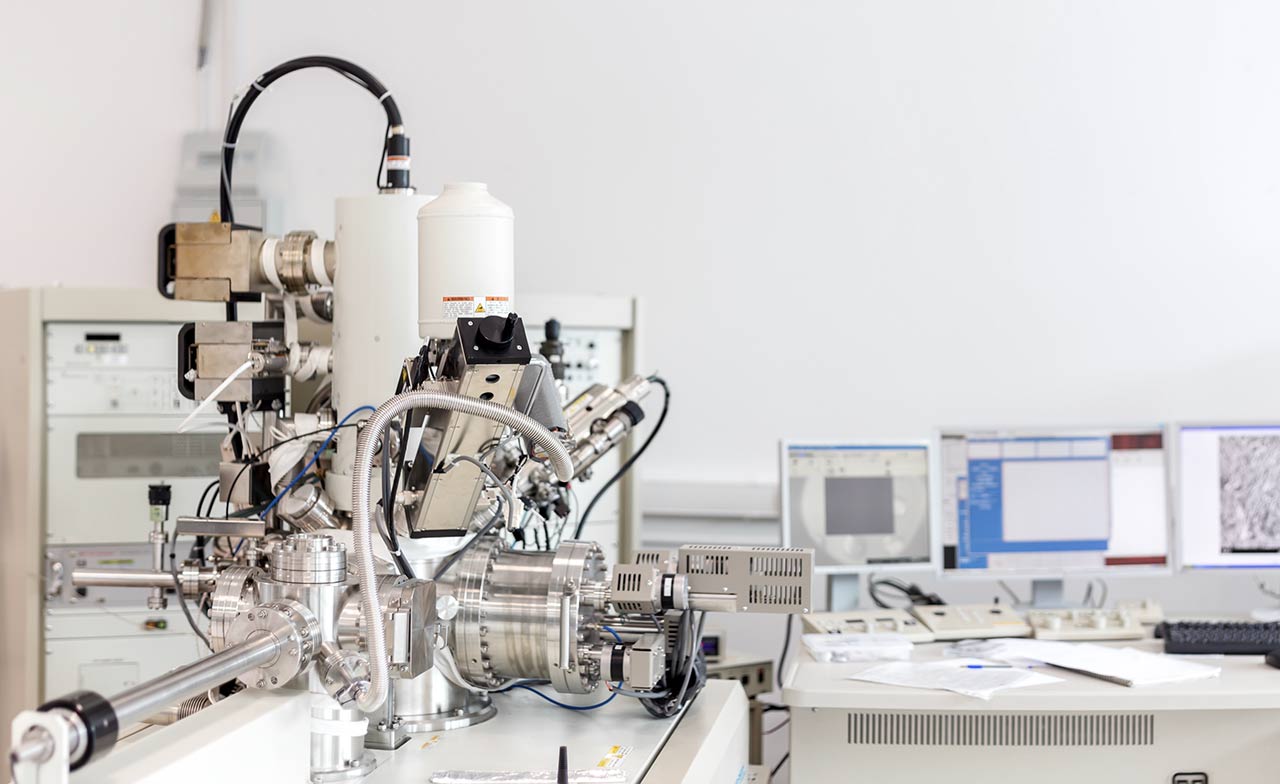Waterfowl genitalia- How female and male sexual organs have co-evolved.
The genitalia of ducks has co-evolved as a result of forced sexual interaction and conflict. The male phallus has many characteristics to enhance the chances of successful fertilisation, however to counteract these features, female vaginal tracts have also evolved as a result of unwanted copulation.
Question
Does a ducks corkscrew penis give them some sort of breeding advantage?
Answer
Waterfowl (ducks, geese and swans) are among the few birds that have a penis. Duck genitalia has coevolved in both female and males as a result of forced copulation and sexual conflict – this may be facilitated by the males’ intromittent phallus. The male phallus is of an anticlockwise corkscrew shape when erect and has many distinct, evolutionary derived features such as surface elaborations (ridges and spines). When at rest however, the phallus is kept inverted and coiled within the phallic sac. In waterfowl, an erection does not occur prior to copulation as it does in humans. Rather, the penile eversion is achieved in an explosive motion providing males with a mechanism to forcefully inseminate the female reproductive tract. A study conducted in 2009 reported that the average penis length in a domestic Muscovy drake was 19.23cm and full eversion occurred in an astonishing 0.346 seconds (Brennan, 2009). Thereby, these characteristics provided males with a copulatory advantage over females.
As it is believed that males developed these extreme shaped phallus’ as a way of forcefully mating with resisting females, female ducks have evolved to counter-act the extreme features of the male penis and thus, females are able to control the outcome of fertilisation. The shape of the female vagina is of a clockwise and spiral shape – opposite to the male phallus. They have evolved a sort of organic chastity belt that is able to limit the extent to which the male phallus can extend. Ejaculation however, cannot be controlled by the vagina but the physical barriers, such as twists and pouches, will limit how far along semen is deposited in the vaginal tract. When a female is willing to mate with a male, she will signal her receptiveness and repeatedly relaxes and contracts her vaginal tract to help her chosen mate to achieve full penetration and therefore, increasing the chances of fertilisation.
References
Brennan, P., Clark, C., & Prum, R. (2009). Explosive eversion and functional morphology of the duck penis supports sexual conflict in waterfowl genitalia. Proceedings of the Royal Society B: Biological Sciences. doi:10.1098/rspb.2009.2139
Brennan, P., Prum, R., McCracken, K, Sorenson, M., Wilson, R., & Birkhead, T., (2007). Coevolution of Male and Female Genital Morphology in Waterfowl. PLoS ONE 2(5): e418. doi:10.1371/journal.pone.0000418
